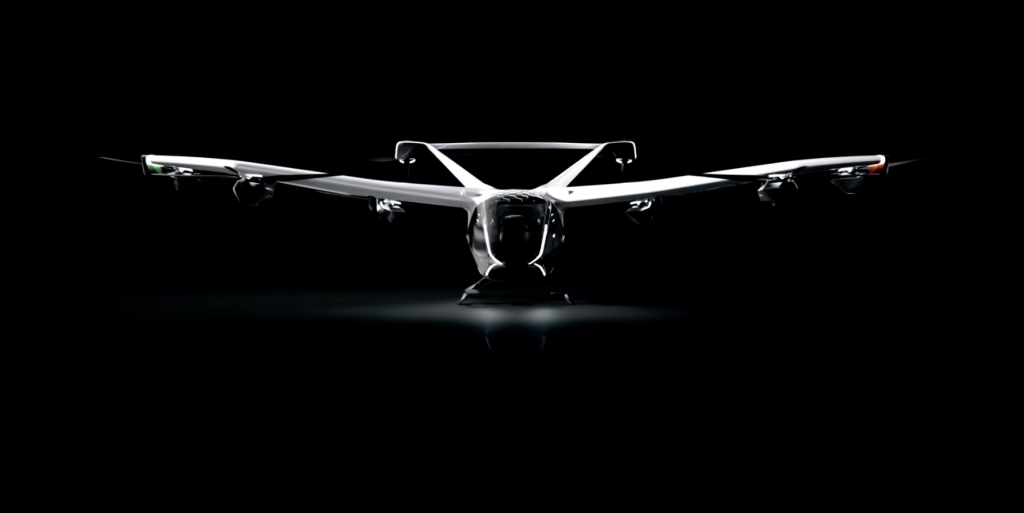We’ve known that Airbus was working on its flying taxi idea as far back as 2016, when details emerged about the aeronautics company’s Vahana project. That project seems to have borne some fruit, just in time to run face-first into everyone else’s flying taxi project — everyone from NASA to Joby Aviation to Rolls-Royce is looking at competing in the so-called urban air mobility space very soon.
Meet the CityAirbus NextGen
This is Airbus’ attempt — the extremely buzzwordy CityAirbus (because it works in a city, yeah?) NextGen (because the tech world is like an SABC soap opera these days — Generations everywhere). We’re making light of it but the electrically-powered aircraft really is quite a slick piece of equipment — it’s a fixed-wing design with eight motors and a V-shaped tail. Best of all, it’s been extensively tested. More or less.
See, the NextGen is the product of two technology demonstrators that stretch back as far as the Vahana project — so there are more than 240 test flights, covering a distance of more than 1,000km, behind this things. It’s supposed to have a range of 80km between charges, and a top speed of 120km/h — so you’ll never spend more than an hour inside it, unless it takes a really long time to accelerate to its top speed.
When in operation, it’s supposed to be quiet enough that even the silly buggers in your homeowner’s association won’t have much to complain about — at its loudest (that is, while landing) it generates just 70 dB(A). That’s generally the acceptable noise level when it comes to installing a portable generator in a South African complex, just for comparison.
So when will we see the CityAirbus NextGen in action? 2023, as it happens. The craft is in “…a detailed design phase” at present, with the prototype’s first test flights planned in about eighteen month’s time, with actual active service planned for some time around 2025. Flying taxis? Yeah, seems we’re actually going to get those (before self-driving cars, even).




